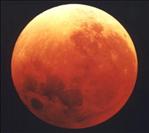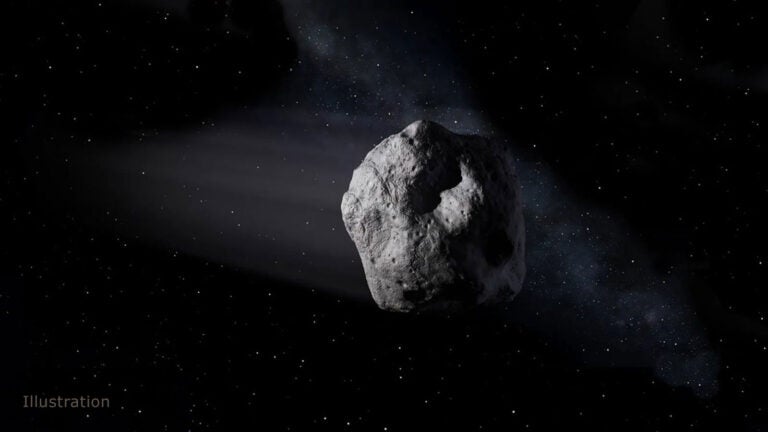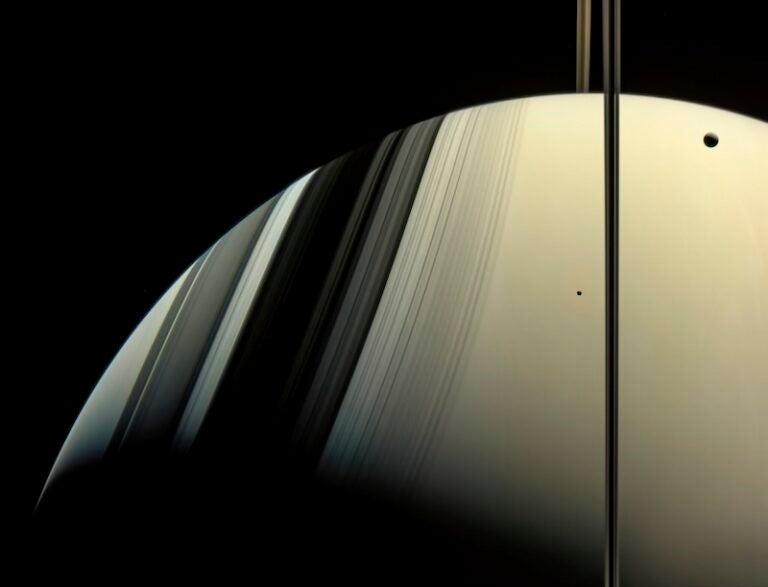July 2000
You can credit Earth’s atmosphere with providing an orangish color to the moon during an eclipse. The atmosphere acts like a filtered lens. It bends red sunlight into our planet’s shadow and scatters out blue light. It’s the same reason why sunrises and sunsets appear reddish. If Earth were an airless planet, its shadow would be pitch black and the eclipsed moon would be invisible.
You can credit Earth’s atmosphere with providing an orangish color to the moon during an eclipse. The atmosphere acts like a filtered lens. It bends red sunlight into our planet’s shadow and scatters out blue light. It’s the same reason why sunrises and sunsets appear reddish. If Earth were an airless planet, its shadow would be pitch black and the eclipsed moon would be invisible.
If you were an astronaut standing on the moon during totality, you would see Earth eclipsing the sun. Earth would appear as a dark disk surrounded by a brilliant red ring-our atmosphere glowing with the light of all the planet’s sunsets and sunrises. It’s this light that we see bathing the moon during totality. — RICHARD TALCOTT, SENIOR EDITOR










